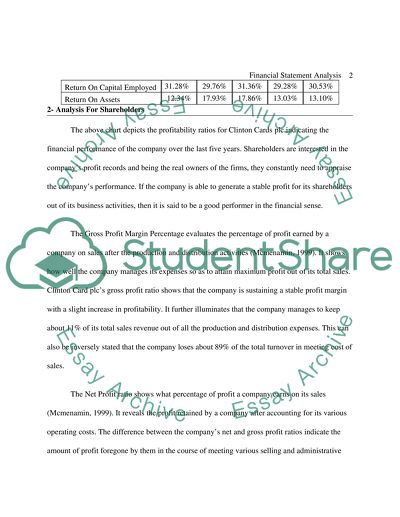Cite this document
(Predictability of Important Economic Events Case Study, n.d.)
Predictability of Important Economic Events Case Study. Retrieved from https://studentshare.org/finance-accounting/1512180-financila-performance-and-positioning
Predictability of Important Economic Events Case Study. Retrieved from https://studentshare.org/finance-accounting/1512180-financila-performance-and-positioning
(Predictability of Important Economic Events Case Study)
Predictability of Important Economic Events Case Study. https://studentshare.org/finance-accounting/1512180-financila-performance-and-positioning.
Predictability of Important Economic Events Case Study. https://studentshare.org/finance-accounting/1512180-financila-performance-and-positioning.
“Predictability of Important Economic Events Case Study”, n.d. https://studentshare.org/finance-accounting/1512180-financila-performance-and-positioning.


